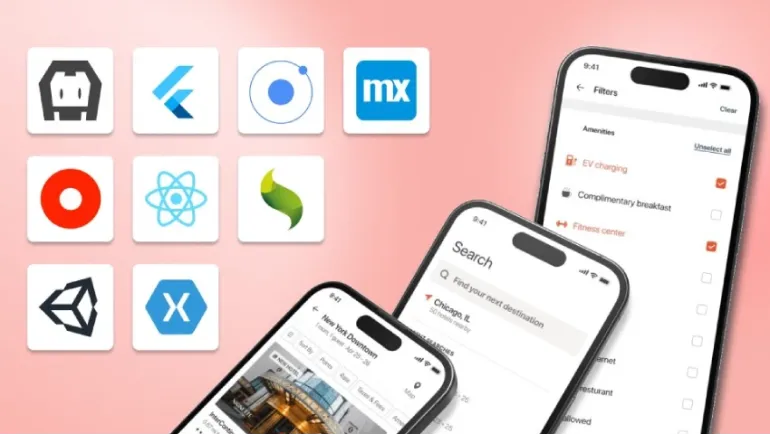
Creating a mobile app in 2025 is faster, smarter, and more accessible than ever, but it still requires strategy. Whether you're a startup founder, small business owner, or someone with a killer idea, this guide breaks down the current best practices and technologies for building a mobile app this year.
Before a single line of code is written, get clear on what your app does and who it’s for. Nail down the core problem your app solves. Ask yourself:
Use this clarity to write a one-sentence value proposition. If you can’t explain your app’s purpose in a single sentence, your concept needs tightening.
Jump on the App Store and Google Play. Study apps in your category. Look at:
Tools like App Annie, Sensor Tower, or Google Trends can help analyze what users want and what gaps exist.
In 2025, app creation offers multiple paths:
If you’re building a basic MVP or business tool:
These allow you to build without writing code. Great for speed and cost-efficiency.
If your app needs custom features, deep integration, or advanced performance:
Consider cross-platform frameworks like Flutter for building once and deploying to both iOS and Android.
Avoid bloat. Start with a Minimum Viable Product (MVP)—the smallest version of your app that still solves the main problem.
Common MVP features:
Sketch out your app with tools like Figma or Sketch. Create wireframes and simple prototypes to test flow and layout before development begins.
In 2025, good design isn’t optional—it’s expected. Trends shaping mobile UX this year include:
Keep it clean. Fast. Intuitive. Follow platform-specific guidelines (Apple’s Human Interface Guidelines, Google’s Material Design).
If coding, break the process into agile sprints. For no-code, publish private builds to test with users.
Testing matters. Focus on:
Use platforms like TestFlight (iOS), Firebase App Distribution (Android), or BrowserStack for cross-device testing.
Before your app hits the stores, check these boxes:
Plan a launch campaign using social media, email lists, landing pages, and influencer outreach. Consider Product Hunt, Reddit, or early access communities for exposure.
Each store has its own process:
Make sure your app follows platform policies, particularly around user data, in-app purchases, and permissions.
The job isn’t done after launch. Now it’s about tracking, listening, and iterating.
Use analytics tools: Firebase Analytics, Mixpanel, Amplitude
Collect user feedback: In-app surveys, reviews, support emails
Fix bugs and release updates regularly
Prioritize user-reported issues and feature requests. Keep your roadmap lean but responsive.
If your goal is profit or growth, think beyond version 1.0:
Building a mobile app in 2025 doesn’t require a huge team or VC funding—it requires focus, the right tools, and a solid strategy. Whether you go no-code or full custom build, the key is starting small, staying close to your users, and improving fast.
Start with one feature. Launch it. Learn. Then scale smart.












Comments
There are no comments for this Article.